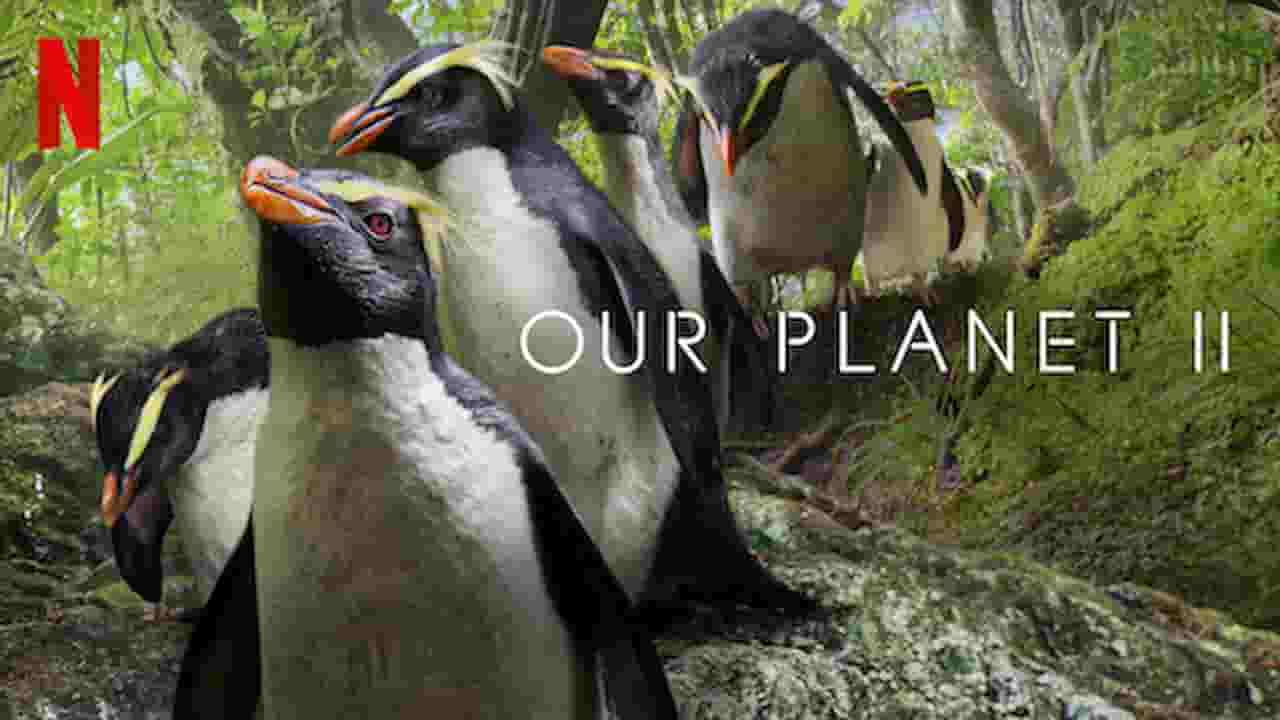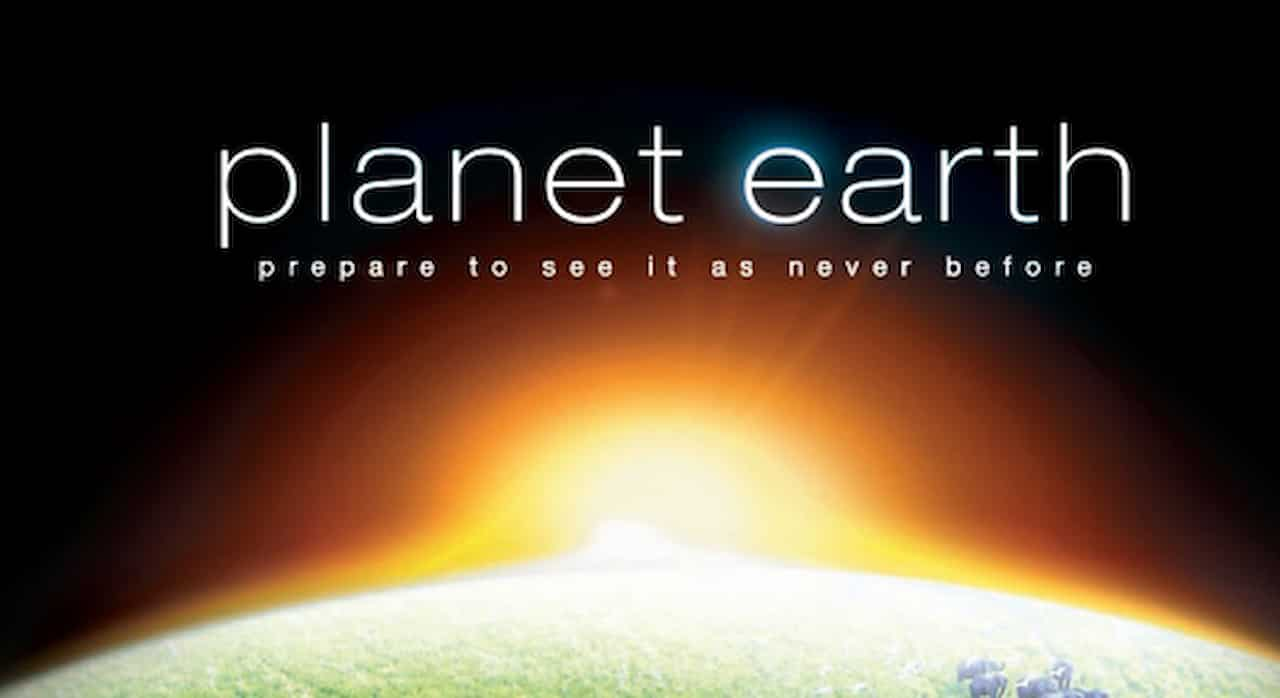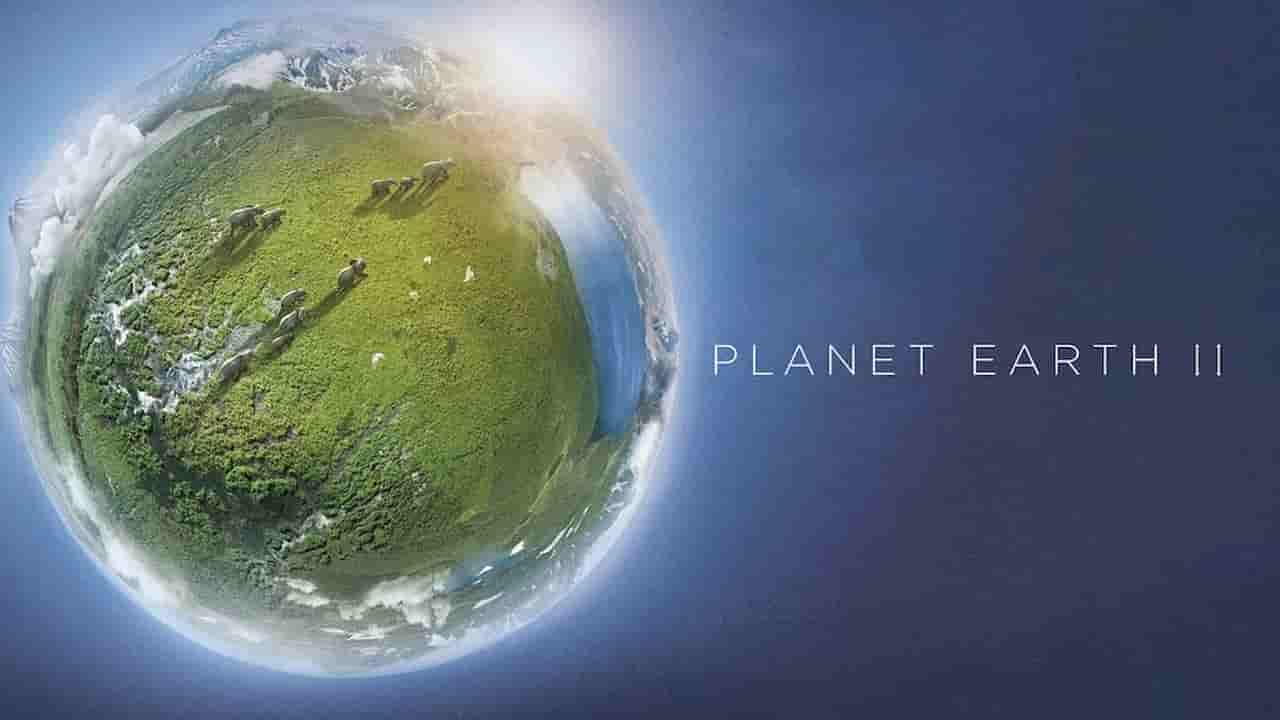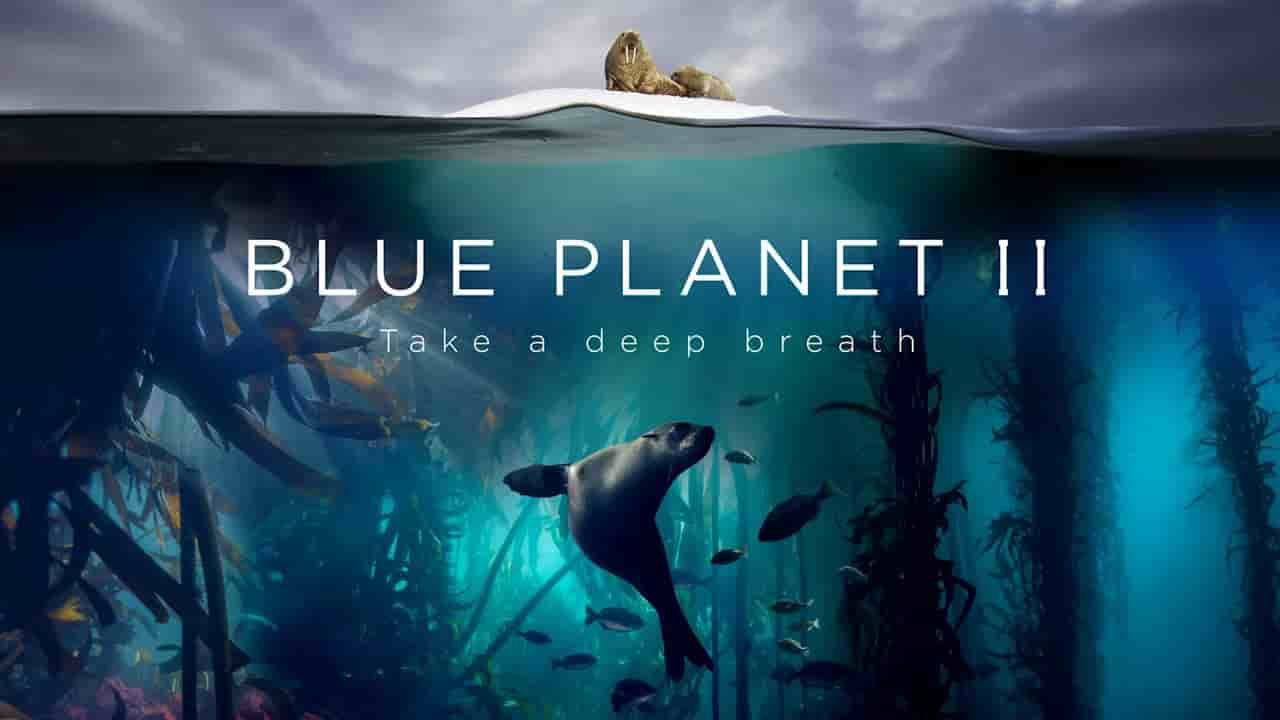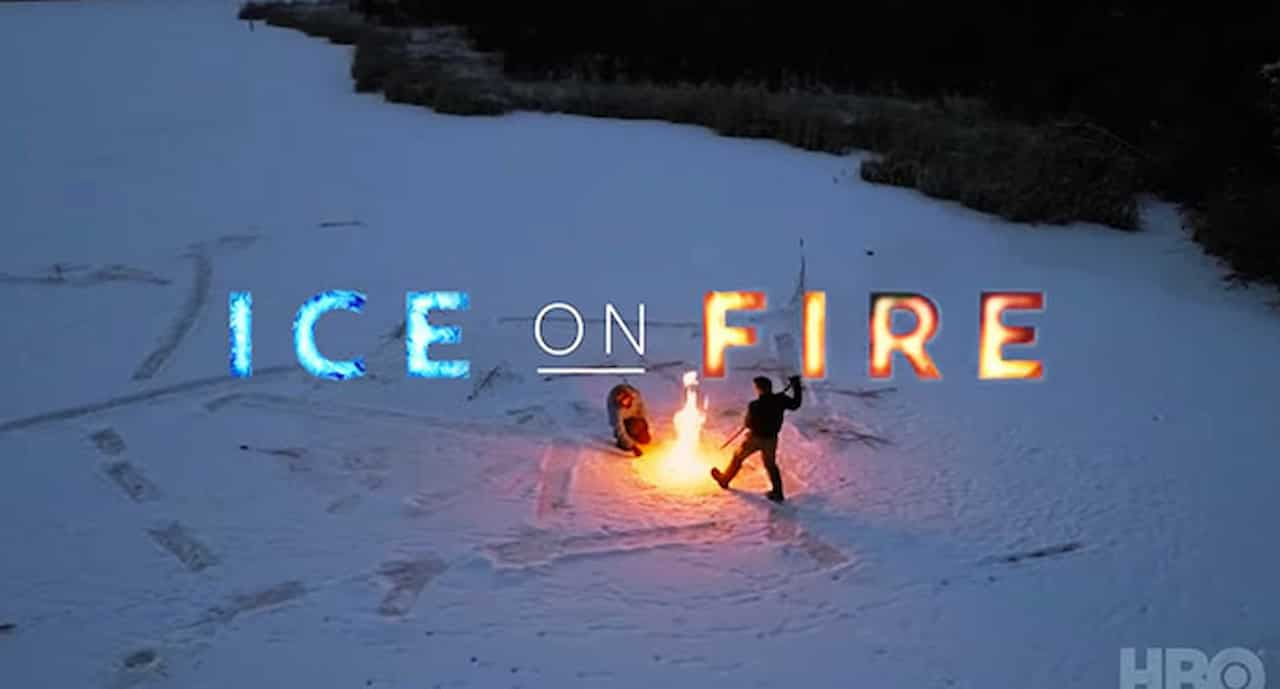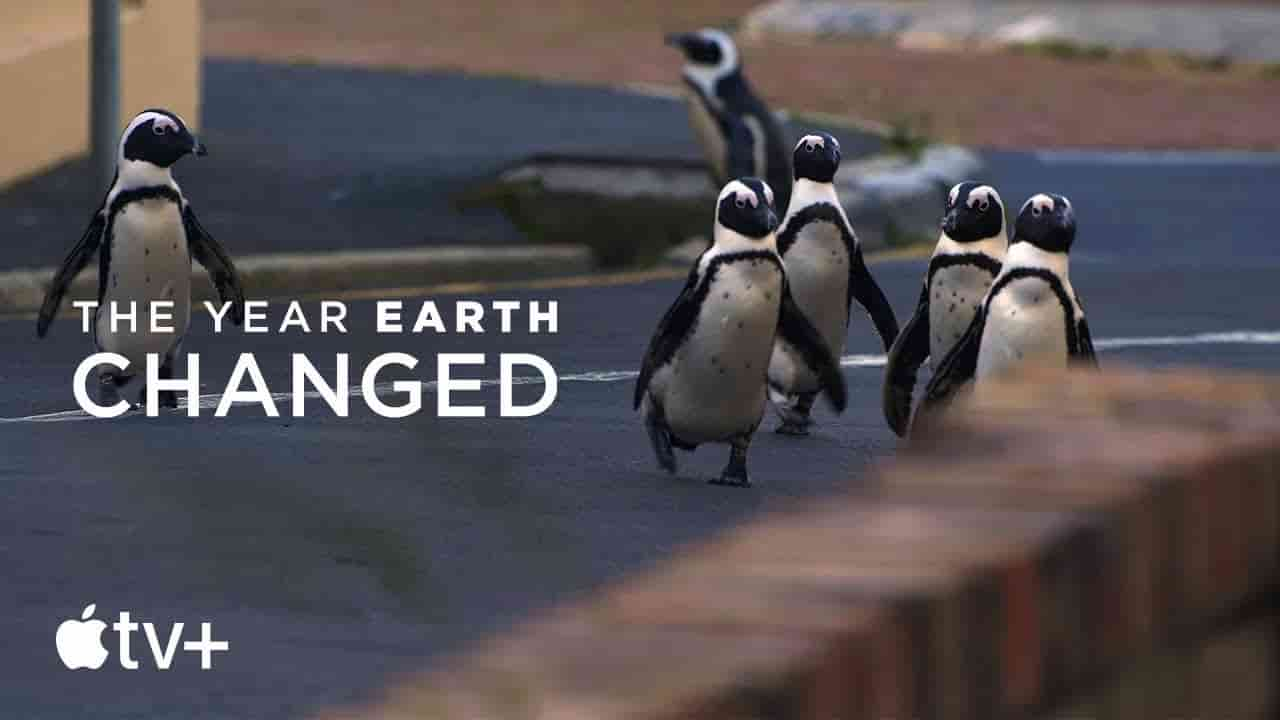8 Documentaries Like Our Planet You Love to Watch
If you are someone who enjoys watching intriguing documentaries or if you are passionate about nature, there is a good possibility that you have already overlooked “Our Planet” on Netflix.
This ground-breaking series takes viewers on a captivating journey through some of the most magnificent places in the world, revealing the beauty and fragility of our planet in the process. But after viewing it, what do you do with your time? We’ve got you covered, so don’t worry about it.
The following are eight documentaries that are comparable to “Our Planet” and that you will like watching:
8 Documentaries Like Our Planet:
1. Planet Earth
The documentary series Planet Earth is a ground-breaking creation that delves into our planet’s mysteries and highlights its breathtaking natural beauty. The series has captured audiences worldwide with its spectacular vistas and fascinating narration. It was produced by the British Broadcasting Corporation (BBC), and Sir David Attenborough, considered one of the most iconic figures in the world, narrated the series.
The documentary takes viewers on a journey through various habitats, from the deepest oceans to the highest mountains, showcasing the astonishing diversity of life on Earth. Each episode focuses on a distinct habitat, highlighting the specific difficulties and adaptations the plants and animals that call that ecosystem home have had to overcome.
One of the things that sets Planet Earth apart from other nature documentaries is that it uses high-definition cameras and different filming procedures than any other documentary. Frequently spending months in isolated locations or making use of specialized equipment such as airborne drones and underwater cameras, the crew that was responsible for the series went to considerable efforts to collect video that was both unusual and had never been shown publicly before.
It is possible to ascribe the popularity of Planet Earth to several different variables. To begin, it is appealing to a diverse variety of audiences, including those who are passionate about the environment and nature, as well as others who are simply interested in appreciating the splendor of our planet. Every person will find it compelling to watch due to the breathtaking graphics and the deep tale.
Furthermore, the series functions as an educational tool, bringing to light the precarious equilibrium of ecosystems and the dangers that they are confronted with. Through the presentation of the marvels of nature, Planet Earth encourages viewers to value and safeguard our planet, contributing to the advancement of conservation activities worldwide.
2. Planet Earth II
This highly acclaimed and popular show takes viewers on a captivating journey worldwide, showcasing our planet’s ecosystems’ incredible beauty and diversity. If you are a nature enthusiast or simply appreciate stunning visuals, then there is a good chance that you have heard of the documentary series named “Planet Earth II.” With that in mind, let’s take a more in-depth look at this incredible documentary and the enormous praise it has received.
“Planet Earth II” is a continuation of the revolutionary documentary series “Planet Earth,” which was initially made available to the public around 2006. The British Broadcasting Corporation (BBC), well-known for producing great wildlife documentaries, was responsible for creating both series. The illustrious Sir David Attenborough, whose distinctive voice has become synonymous with wildlife documentaries, played the role of the show’s narrator.
There are a total of six episodes in the series, and each one focuses on a different environment. These environments include cities, grasslands, mountains, jungles, deserts, and islands. “Planet Earth II” offers viewers a close-up and personal look at the unique problems various animal species encounter in these locations. This is accomplished through the use of magnificent cinematography. The series provides a captivating view into the wonders of nature, which includes snow leopards hunting in the Himalayas and flamingos dancing in the salt flats of Bolivia, among other natural phenomena.
The film “Planet Earth II” is not only visually appealing, but it also makes use of innovative technology to capture the most breathtaking scenes. The employment of drones, high-speed cameras, and remote-controlled video systems makes it possible to access some of the world’s most distant and inaccessible sites from a perspective that has never been possible before. Not only does this forward-thinking method of filmmaking establish a new benchmark for environmental documentaries, but it also makes the experience of watching them even more enjoyable.
3. Blue Planet II
In 2017, the entire world was enthralled by the deep sea’s breathtaking beauty and astonishing wonders, presented in the groundbreaking documentary Blue Planet II. This series, produced by the BBC Natural History Unit, took viewers on an incredible journey to investigate the oceans’ mysteries around the world.
Blue Planet II, narrated by the legendary Sir David Attenborough, offered a view into marine life that had never been seen before. It revealed the tremendous variety of animals living in the ocean and their difficulties in their respective undersea homes. The series drew light on the delicate balance of marine ecosystems and the influence that human activity has on these fragile settings. It covered everything from the brilliant coral reefs to the ocean’s deepest depths.
The breathtaking cinematography of Blue Planet II was no doubt one of the factors that contributed to the film’s enormous success. The crew responsible for the series used cutting-edge equipment, including cameras created explicitly for the purpose and vehicles driven remotely, to record footage of marine life that had never been seen before. An audience was left in a state of amazement and encouraged to develop a newfound respect for the marvels of the ocean as a result of the visual extravaganza that was produced.
The compelling narratives that were presented in the documentary were another component that contributed to its achievement. Each episode focuses on a different facet of marine life, bringing attention to the unique behaviors of animals and the urgent environmental problems they are confronted with. Not only were viewers entertained, but they were also given information about the significance of conservation and the necessity of safeguarding our oceans for future generations.
Additionally, Blue Planet II tremendously influenced many aspects of popular culture. The series encouraged individuals, companies, and governments to take action, which sparked global conversations about environmental consciousness. Shedding focus on concerns like plastic pollution, overfishing, and climate change inspired change worldwide and raised awareness of these issues.
4. Night on Earth
If you enjoy the natural world’s beauty or are a nature fan, then “Night on Earth” is a documentary series you should put on your watchlist. This beautiful series, made available on Netflix in 2020, will take viewers on an enthralling journey into the nighttime lives of various creatures from different regions of the world. An overview of the documentary will be presented in this article, as well as a discussion of the documentary’s increasing popularity among viewers.
The television series “Night on Earth” comprises six episodes highlighting the marvels the animal kingdom offers when the sun goes down. Each episode focuses on a new environment, including cities, jungles, oceans, and other settings. The series captures stunning footage of animals in their natural habitats using cutting-edge camera technology. This film reveals behaviors and relationships that are rarely observed during daytime hours.
“Night on Earth” is notable for its utilization of low-light camera technology, which enables the filmmakers to capture the activities of nocturnal creatures without disrupting their normal behavior. This is one of the film’s most notable elements. An encounter that is visually gorgeous and engaging, which transports viewers into the mysterious world of the night, is the consequence of this experience.
This documentary is narrated by Samira Wiley, best known for her roles in popular television series such as “Orange Is the New Black” and “The Handmaid’s Tale.” Wiley’s soothing voice adds depth to the series, guiding viewers through each episode and providing insightful commentary on the animals and their behaviors.
5. Seven Worlds, One Planet
Documentaries have long been a well-liked kind of entertainment because they give viewers a glimpse into a variety of areas of the society that we live in. One of these documentary series that has gained tremendous popularity is called “Seven Worlds, One Planet.” This ground-breaking series, which the BBC Natural History Unit produced, takes viewers on a mesmerizing journey across all seven continents, demonstrating our planet’s incredible variety of life.
Every episode of “Seven Worlds, One Planet” focuses on a different continent, traveling to that continent to investigate the distinct ecosystems, landscapes, and fauna characteristic of that particular place. From the icy tundra of the Arctic to the vast plains of Africa, the series looks deeply into the natural beauties that distinguish these continents. It sheds light on the creatures’ challenges and the delicate balance within their ecosystems.
“Seven Worlds, One Planet” is distinguished from other environmental documentaries by its unique photography and images, which set it aside from the competition. The team responsible for the series has caught many incredibly breathtaking events. These moments range from the incredible migrations of wildebeest in Africa to the underwater realm of the Great Barrier Reef. It is now possible for viewers to see nature in ways that have never been seen before because of the utilization of current technology, such as drones and high-speed cameras.
The ability of “Seven Worlds, One Planet” to educate and inspire viewers is a significant factor in the show’s widespread popularity. The series not only displays the beauty of our planet but also draws attention to the critical need for conservation and human activities’ influence on the natural world. This serves as a wake-up call, prompting us to remember that our job is to maintain and preserve the delicate ecosystems necessary for life on Earth’s survival.
6. Ice on Fire
A growing number of people are becoming increasingly concerned about the condition of our planet and the effects that human activities have had on the natural environment in recent years. Documentaries focusing on climate change and sustainability have seen a substantial surge in popularity due to this. One such documentary that has enthralled viewers is “Ice on Fire.”
The documentary “Ice on Fire” was directed by Leila Conners, and it is filled with thought-provoking and eye-opening content. The movie, released in 2019, takes a more in-depth look at the worsening climate catastrophe and investigates the various potential solutions that could be used to tackle it. The melting of the polar ice caps, rising sea levels, deforestation, and the emission of greenhouse gases into the atmosphere are all topics discussed in depth in the documentary.
Compared to other documentaries about climate change, “Ice on Fire” stands out because it strongly emphasizes highlighting creative and environmentally friendly technology that can reverse the positive consequences of climate change. The documentary highlights several projects and efforts from all around the world that are working toward reducing carbon emissions, restoring ecosystems, and promoting renewable energy sources.
One of the most appealing qualities of “Ice on Fire” is that it can communicate complicated scientific concepts in a manner that is understandable to a wide variety of people. The documentary is designed to captivate audiences and educate them about the critical need to take action by incorporating various elements, including breathtaking images, interviews with prominent scientists and environmentalists, and straightforward explanations.
The song “Ice on Fire” has been met with widespread acclaim and has struck a chord with audiences worldwide since its release. It has been lauded for the all-encompassing approach it takes to combating climate change and for the fact that it emphasizes practical solutions.
The documentary acts as a wake-up call, reminding individuals, communities, and governments to take responsibility for their actions and make sustainable decisions to ensure that future generations will inherit a habitable planet.
7. Life
In recent years, documentaries have gained much popularity since they provide viewers with a one-of-a-kind and enlightening look into various facets of life. One such documentary that has garnered a great deal of attention is simply referred to as “Life.” This documentary series, which the legendary Sir David Attenborough narrates, takes viewers on an extraordinary journey across a variety of ecosystems and demonstrates the remarkable array of life that exists on Earth.
The documentary “Life” is a ground-breaking work that delves into the natural world’s marvels and captures moments rarely witnessed by the human eye. Various subjects are discussed throughout the series, such as the behavior of animals, methods of surviving in harsh environments, and the complex interactions between multiple species. Each episode focuses on a particular habitat, such as the ocean, the rainforest, or the icy Arctic, and comprehensively reviews the unique problems and adaptations life has created when living in these habitats.
The breathtaking photography and meticulous attention to detail that “Life” possesses set it apart from other documentaries. The filmmakers use cutting-edge technology and novel filmmaking approaches to capture fantastic video. They frequently make use of high-speed cameras and equipment designed for usage underwater. With the help of this immersive visual experience, viewers can witness magnificent events, such as the delicate courtship rituals of birds of paradise or the dramatic hunting techniques of predators.
The film “Life” is not only visually appealing, but it also contains a great deal of information. The program is both amusing and educational due to the narration provided by Sir David Attenborough, which offers insightful information regarding the behaviors and characteristics of the particular animals being discussed. In addition to understanding the intricate workings of complex ecosystems, viewers will have the opportunity to learn about the exciting adaptations that allow creatures to thrive in harsh environments.
8. The Year Earth Changed
At a time when the world was in the throes of a pandemic, everything came to a complete halt. People were restrained to their homes, cities were placed under lockdown, and businesses were forced to close their doors. However, in the midst of all this mayhem, an extraordinary event was taking place. Nature was working to regain its space, and the Earth was transforming. The documentary “The Year Earth Changed” does an excellent job of capturing this incredible phenomenon.
“The Year Earth Changed” is a documentary film that will be released in April 2021. Sir David Attenborough will provide the narration for the film. The film takes viewers on a voyage around the world, demonstrating the excellent influence that inaction on the part of humans had on the environment during the pandemic. The film illustrates how nature flourished when it was given the opportunity to breathe, describing anything from empty cities to blooming wildlife.
The documentary presents an original viewpoint on the natural world and the interaction between humanity and the natural world. Additionally, it serves as a reminder of the interconnectivity of all living species and our activities impact on the earth. The documentary “The Year Earth Changed” is a wake-up call, pushing us to review our priorities and safeguard the Earth for future generations. It does this through the use of breathtaking imagery and riveting narration.
Since its first publication, the documentary has garnered much attention from the media and the general public. It has struck a chord with audiences worldwide, enthralled by the breathtaking footage and the message of hope it conveyed. The movie serves as a reminder that positive change is possible and that even seemingly insignificant actions can significantly impact preserving our planet.
The timing of the documentary was one of the reasons for its success. “The Year Earth Changed” was released when people were searching for a sense of connection and hope, and it offered peace and inspiration to those looking for it. It provided a glimpse into a world in which nature if given the opportunity, could recover and thrive under certain conditions.
Conclusion
A powerful combination of magnificent sights, fascinating storytelling, and essential environmental themes is presented in these documentaries, such as “Our Planet,” which are captivating movies. Upon completing each one, you will have a more profound respect for the natural environment and a rekindled sense of the critical need to safeguard it. Let’s get cozy, grab some popcorn, and get ready to start on an exciting adventure that will take us through the marvels of our planet.
Table of Contents
